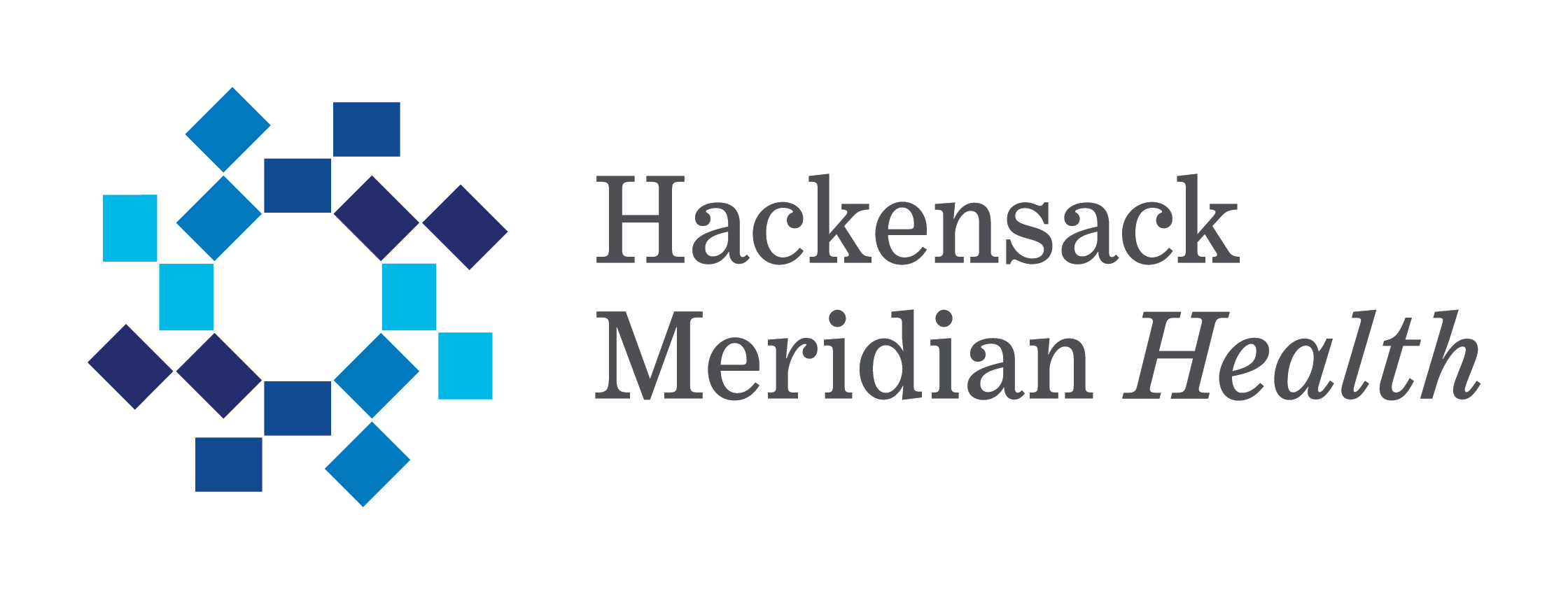Every 40 seconds, someone in the United States has a stroke. Every 3.5 minutes, someone dies of stroke.
Experts agree, anyone can have a stroke at any age. But certain risk factors, like high cholesterol, high blood pressure, diabetes, and obesity, can increase your chances of having a stroke. Now add to this list the possibility of working long hours! That’s according to a new study that found people, particularly those under age 50, have a higher risk of stroke when working long hours for a decade or more.
The research, published in the American Heart Association's journal Stroke, found that participants working long hours had a 29% greater risk of stroke, and those working long hours for 10 years or more had a 45% greater risk of stroke.
“Stress can cause the heart to work harder and increase blood pressure,” says Martin Gizzi, MD, PhD, Vice Chair of Neurology and Director, Cerebrovascular Diseases Program at Hackensack University Medical Center, who explains that this can increase the risk of a blood clot forming, traveling to the brain and causing a stroke. “If this happens, it is important for people to recognize the signs of a stroke because time is of the essence.”
Dr. Gizzi says while signs of a stroke can vary - and include sudden numbness or weakness in the face, arm or leg; sudden confusion or trouble speaking; trouble seeing; and a sudden loss of coordination, one thing is for sure - seek medical attention quickly in the event of any of them.
“With each passing minute, more brain cells are damaged but luckily, we have effective treatments that can make a big difference and in some cases, even reverse the stroke symptoms,” says Dr. Gizzi. The time to initiate these treatments for an acute ischemic stroke, the most common type of stroke, has generally been limited to within 4.5 hours after the onset of symptoms. But recently, this window was expanded at a small number of hospitals.
“The benefits of tPA, the drug used to break up a blood clot and restore blood flow to the brain, can now be extended to 9 hours past the onset of stroke symptoms,” says Dr. Gizzi. “Advanced imaging technology is required, but when results are optimal, this is twice the time window!”
Dr. Gizzi says while it’s still crucial to treat a stroke as soon as possible, this expanded window for treatment could be a life-saving change for some people who suffer strokes.
This May, National Stroke Awareness Month, please consider exploring a story on these developments that can have an impact on so many lives.
